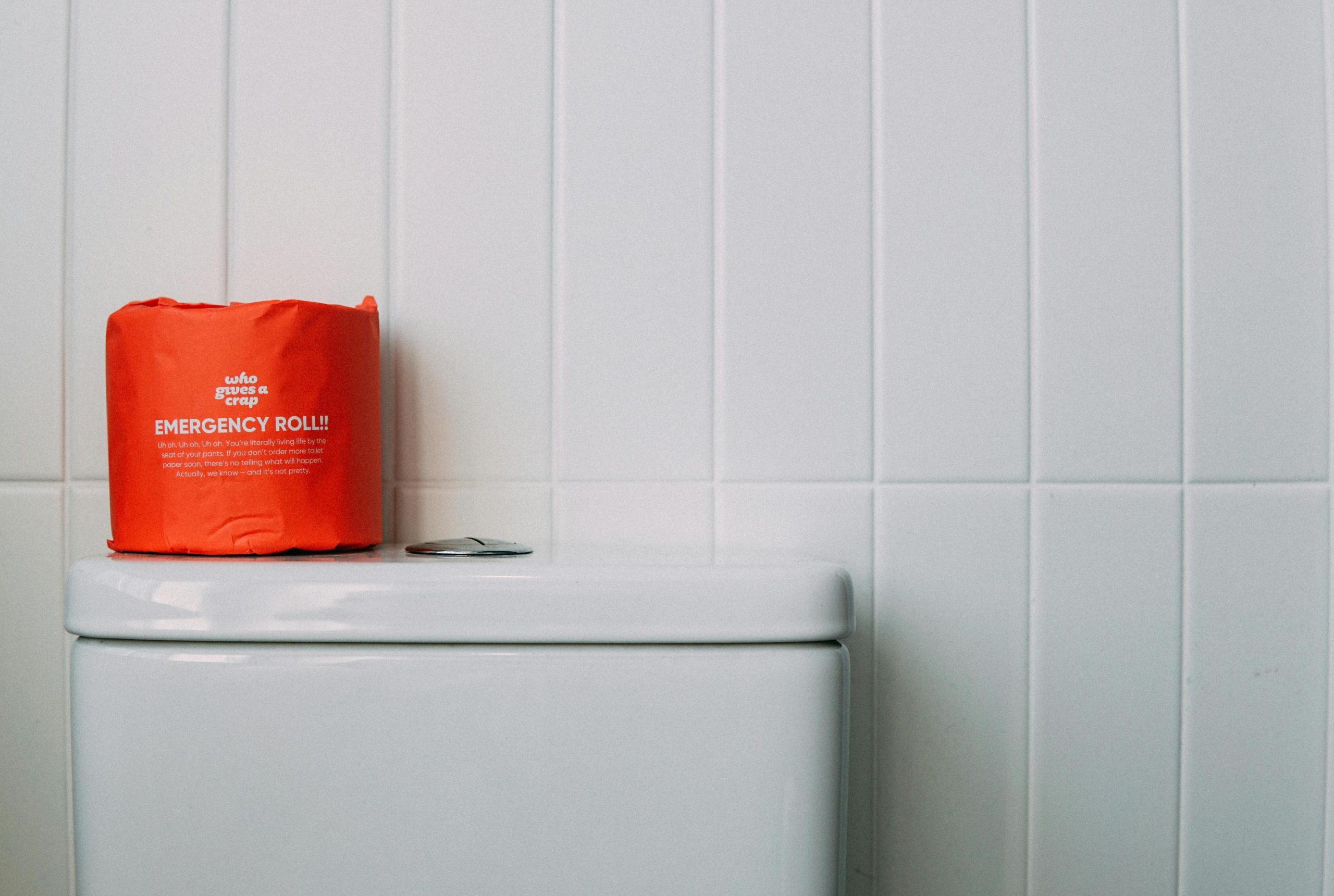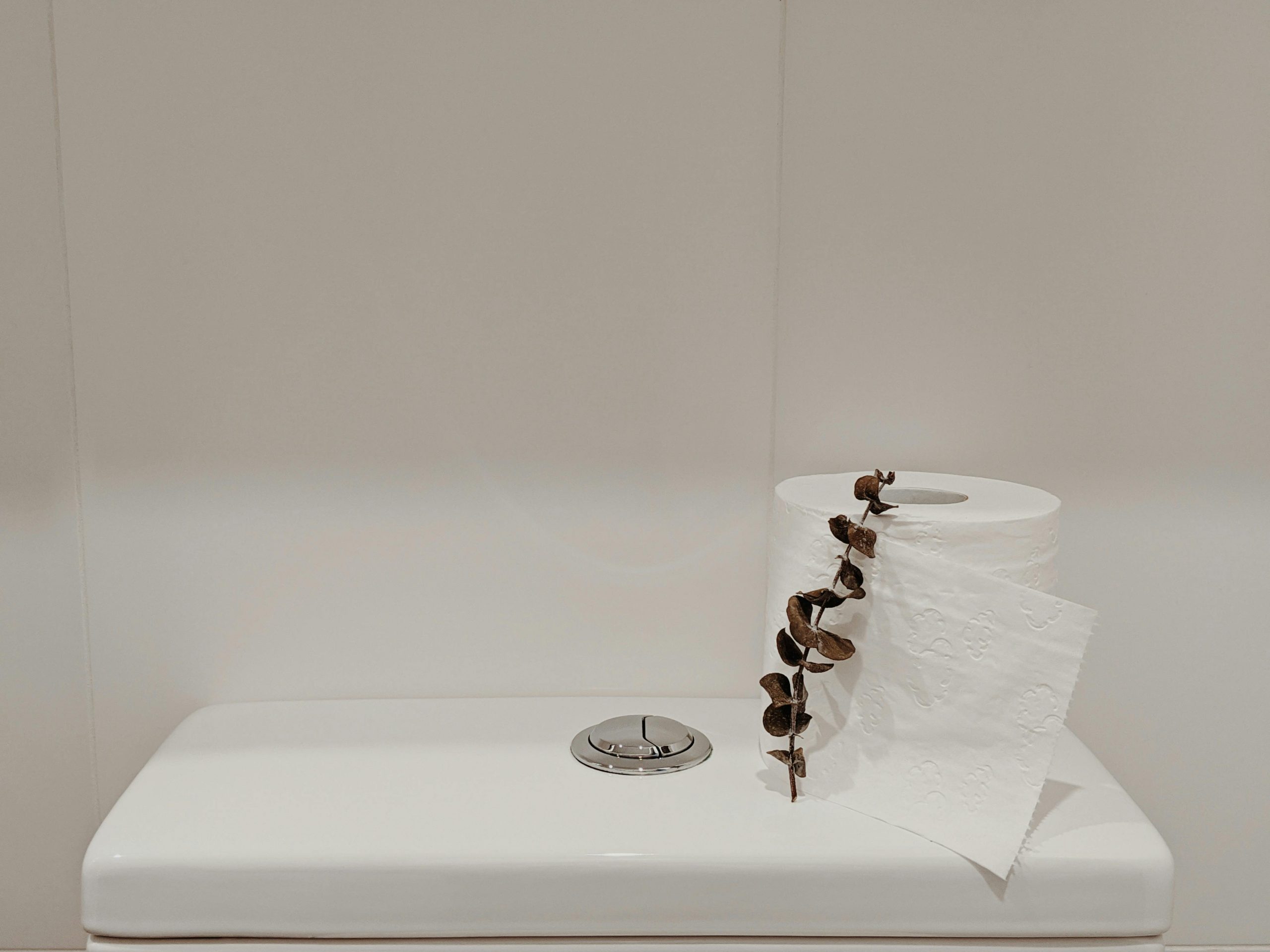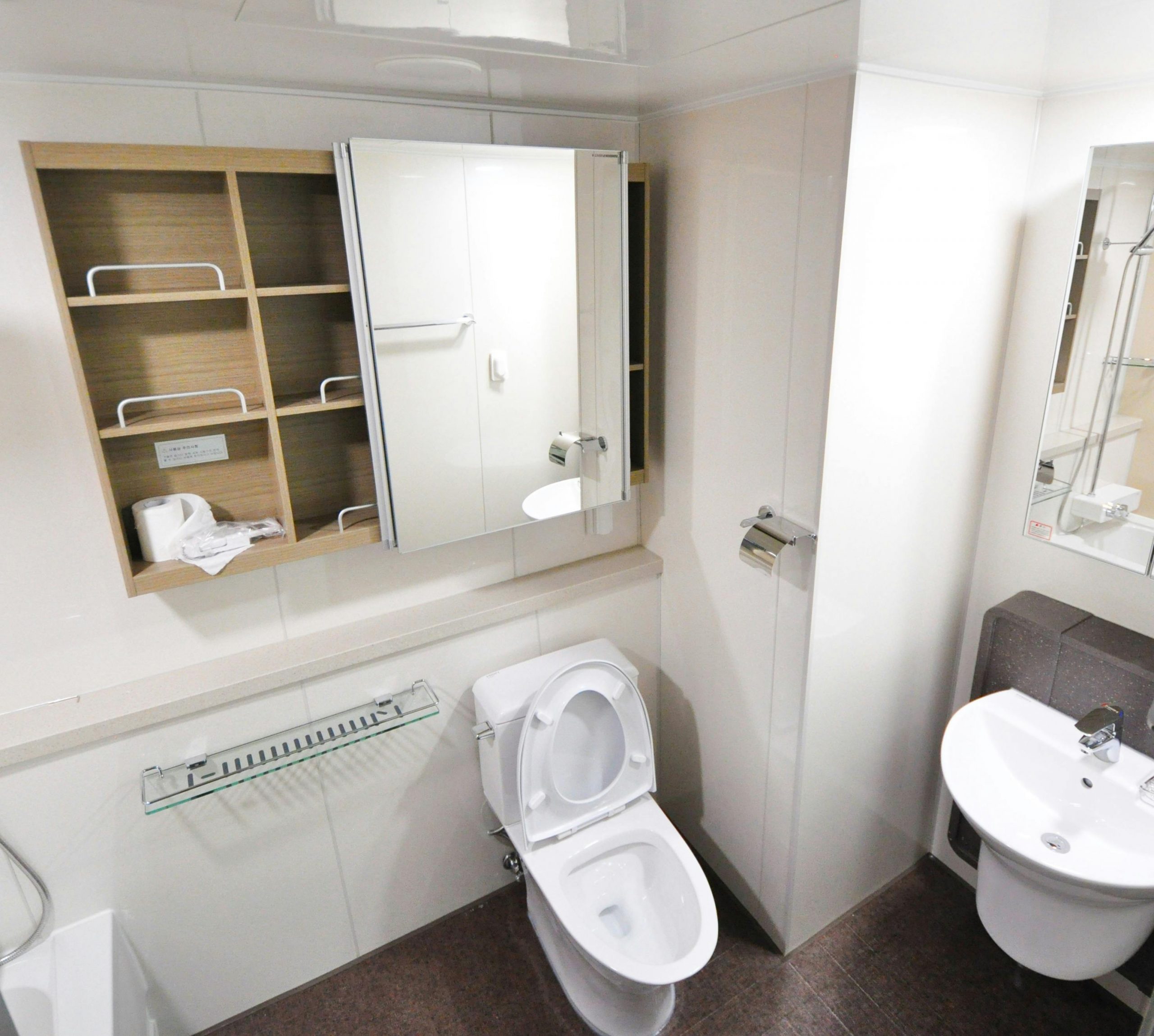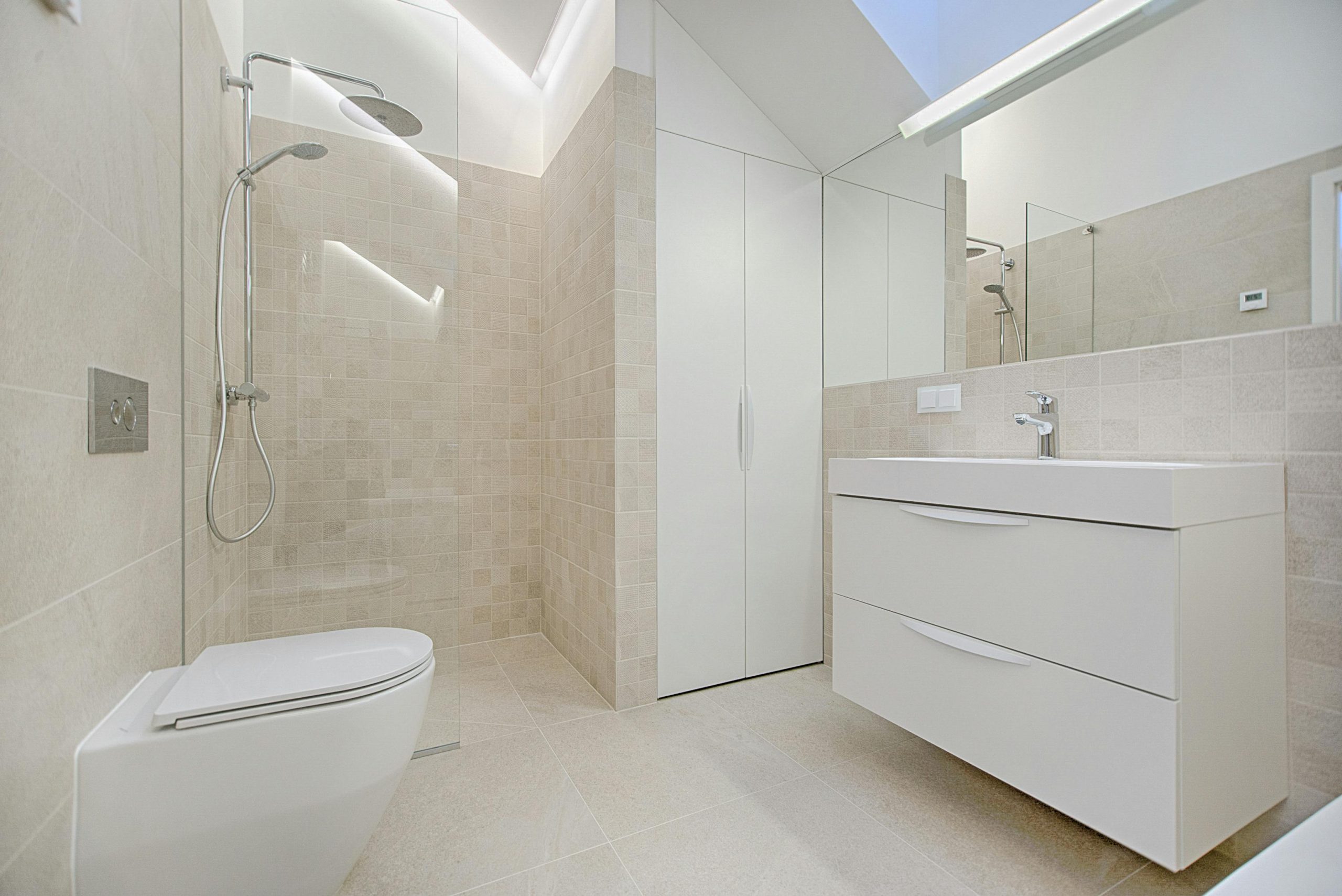How Much Does Toilet Installation Cost? Budgeting Tips for Homeowners
Installing a new toilet might seem simple, but the cost can vary widely depending on several factors. Whether you’re upgrading an old toilet, remodeling your bathroom, or building a new home, understanding the total toilet installation cost helps you budget better and avoid surprises.
In this guide, you’ll learn how much toilet installation usually costs, what factors affect the price, and tips to save money—written clearly for any homeowner to understand.
Average Toilet Installation Cost

On average, toilet installation costs between $150 and $600, depending on whether it’s a basic replacement or a more involved project. Here’s a general breakdown:
| Type of Job | Estimated Cost |
| Basic toilet replacement | $150 – $300 |
| New toilet installation (no existing toilet) | $300 – $600 |
| High-end or specialty toilets | $500 – $1,000+ |
The total cost includes both the price of the toilet and the labor for installation.
Toilet Cost by Type
The toilet installation cost depends heavily on the type of toilet you choose. Basic models are more affordable, while designer or smart toilets add more to both the purchase and installation price. Here’s a breakdown of common types:
- Two-Piece Toilets
The tank and bowl are separate components joined during installation.
- Price: $100 – $300
- Installation Cost: $150 – $300
- Notes:
- Most common in U.S. homes
- Budget-friendly and widely available
- Easier to transport and replace individual parts
- Slightly harder to clean due to the seam between tank and bowl
- One-Piece Toilets
The tank and bowl are molded together into a single unit.
- Price: $250 – $600
- Installation Cost: $200 – $400
- Notes:
- Sleek, modern appearance
- Easier to clean (no gap between tank and bowl)
- Heavier than two-piece toilets, which can complicate DIY installs
- Often found in mid- to high-end bathroom remodels
- Wall-Hung Toilets
Bowl mounts directly to the wall; tank and plumbing are concealed inside the wall.
- Price: $400 – $1,000+
- Installation Cost: $500 – $1,500
- Notes:
- Ideal for modern, minimalist bathrooms
- Requires structural wall modifications and in-wall plumbing
- Great for saving floor space and simplifying cleaning
- Best installed during new construction or full renovation
- Smart or Bidet Toilets
High-tech toilets with features like heated seats, bidet wash, air dryers, and automatic flush.
- Price: $600 – $2,000+
- Installation Cost: $300 – $600
- Notes:
- Premium comfort and hygiene features
- Requires access to an electrical outlet
- Often controlled by remote or smartphone
- May need professional setup due to wiring and water pressure considerations
- Composting Toilets
Waterless toilets that use natural processes to break down waste.
- Price: $800 – $2,500+
- Installation Cost: $100 – $300 (if no plumbing hookup needed)
- Notes:
- Ideal for cabins, RVs, and off-grid homes
- Minimal water usage; environmentally friendly
- Requires regular maintenance and waste removal
- May not meet code for urban or suburban homes
- Dual-Flush Toilets
Offers two flush options—low volume for liquid waste and full flush for solid waste.
- Price: $150 – $500
- Installation Cost: $200 – $400
- Notes:
- Water-saving design helps reduce utility bills
- Available in both one-piece and two-piece models
- Increasingly popular in eco-conscious households
- May require extra care to ensure parts function properly over time
Labor Costs for Toilet Installation
Labor is a significant part of the total toilet installation cost. Plumbers typically charge $75 to $150 per hour, and most toilet installations take 1 to 2 hours.
However, costs may rise if:
- Old toilets need to be removed
- Plumbing adjustments are needed
- Flooring or subfloor issues are discovered
- A new water supply line or flange is required
Hiring a licensed plumber ensures the toilet is installed correctly and safely, avoiding leaks or code violations.
Additional Costs to Consider

Sometimes, the base price of installing a toilet doesn’t cover everything. Here are a few extra costs you might run into:
- Toilet Removal and Disposal
Before the new toilet goes in, the old one has to come out.
- Description: Some plumbers include this service in their quote. Others may charge a separate fee.
- Cost Range: $25 – $50
- Tip: Always ask if removal and haul-away are included in the total price.
- New Plumbing Fixtures
New parts are often needed to make sure your toilet works correctly and doesn’t leak.
- Description: You may need a new wax ring, water supply line, or floor flange. These are small but important parts.
- Cost Range: $10 – $50
- Tip: Many installers carry these with them and will add the cost to your final bill.
- Floor Repairs or Leveling
If your bathroom floor isn’t in great shape, you might need repairs before installing the new toilet.
- Description: Water damage, rot, or uneven surfaces can make it hard to get a tight seal. This must be fixed to prevent leaks.
- Cost Range: $100 – $300+
- Tip: Ask your plumber to inspect the area before installation day to avoid delays or surprises.
- Permit Fees
Depending on where you live, you may need a permit for toilet installation—especially for full remodels or new builds.
- Description: Cities or counties may require permits for plumbing work to meet building codes.
- Cost Range: Varies by location; typically $20 – $150
- Tip: Call your local building department to find out if a permit is needed.
DIY vs. Professional Installation
When installing a new toilet, you can either do it yourself or hire a licensed plumber. Each option has its own benefits and risks. Here’s a breakdown to help you decide:
DIY Installation
- Description: Installing a toilet on your own can save money, but only if you know what you’re doing.
- Pros:
- Avoid paying labor costs
- Can be rewarding for experienced DIYers
- Cons:
- Risk of leaks, loose fittings, or poor sealing
- Mistakes can lead to water damage or costly repairs
- May not meet plumbing code requirements
- Best For:
- Replacing an old toilet with a similar model
- Homeowners with basic plumbing skills
- Estimated DIY Cost:
- Toilet: $100 – $300
- Tools & Supplies: $30 – $50 (wax ring, wrench, putty, gloves, etc.)
- Time: 2 – 4 hours
- Tip: Watch several video tutorials and read your toilet’s instructions before starting. If something doesn’t feel right, call a pro.
Professional Installation
- Description: Hiring a plumber ensures the job is done quickly and correctly. It’s the safer option, especially for tricky installs.
- Pros:
- Faster and hassle-free
- Work is done to code, often with a warranty
- Reduces the risk of leaks or water damage
- Cons:
- Higher cost upfront compared to DIY
- Best For:
- First-time installations
- Wall-hung or smart toilets
- Situations requiring plumbing changes or permits
- Estimated Professional Cost:
- $150 – $600+ depending on location and toilet type
- Tip: Always get at least two quotes and check reviews before hiring a plumber.
Factors That Affect Toilet Installation Cost
The price to install a toilet isn’t always simple. Several things can raise or lower the final cost. Here are the most common factors to consider:
- Toilet Model & Features
Not all toilets are the same.
- Basic toilets are quicker and cheaper to install.
- Wall-hung, smart, or bidet-style toilets take more time and skill.
- These advanced models often require electrical work or changes to the plumbing.
What it means for cost: Extra labor or parts can increase the bill by $100–$500 or more.
- Bathroom Layout
Where your toilet goes matters.
- Small spaces or tight corners make it harder to work.
- If the plumber can’t move freely, the job takes longer.
What it means for cost: More time means higher labor fees.
- Plumbing Condition
Old plumbing can cause problems.
- Rusty or corroded pipes may need to be replaced.
- A damaged flange or drain line might require repair.
What it means for cost: Repairs could add $50–$300 or more to the total.
- Home Location
Where you live affects what you’ll pay.
- Plumbers in cities or high-cost areas charge more per hour.
- In rural areas, prices may be lower—but fewer options may be available.
What it means for cost: Expect higher rates in urban regions.
- Urgency
Need it done right away?
- Emergency services during nights, weekends, or holidays usually come with extra fees.
What it means for cost: You might pay double the regular labor rate in urgent cases.
How to Save Money on Toilet Installation
You don’t have to break the bank to get a reliable new toilet. Use these tips to cut costs:
- Buy the toilet separately: Sometimes, retailers offer deals or rebates.
- Stick to basic models: Two-piece toilets are affordable and effective.
- Schedule during regular hours: Avoid emergency or holiday fees.
- Get multiple quotes: Compare plumbers for the best price.
- Bundle with other projects: If you’re remodeling, combine jobs to save on labor.
Is Toilet Installation Covered by Insurance?
Generally, toilet replacement due to wear and tear isn’t covered by homeowners insurance. However, if a sudden leak causes damage (like a burst pipe or toilet overflow), your policy may cover water damage repairs—not the cost of a new toilet.
Always check your specific policy and talk to your insurance provider.
When Should You Replace a Toilet?
Not sure if it’s time for a new toilet? Look for these signs:
- Cracks in the tank or bowl
- Frequent clogs or flushing issues
- Constant running water
- Leaks around the base
- High water bills from inefficient flushing
If you’re remodeling your bathroom or upgrading fixtures, replacing the toilet makes sense—especially if you’re already paying for other plumbing work.
Final Thoughts
Installing a new toilet is a smart upgrade that improves comfort, hygiene, and even home value. By understanding the different factors that affect toilet installation cost, you can plan ahead and avoid surprise charges.
Whether you go with a standard two-piece or a high-end smart toilet, get quotes, check for hidden costs, and hire a reliable plumber for the best results.



